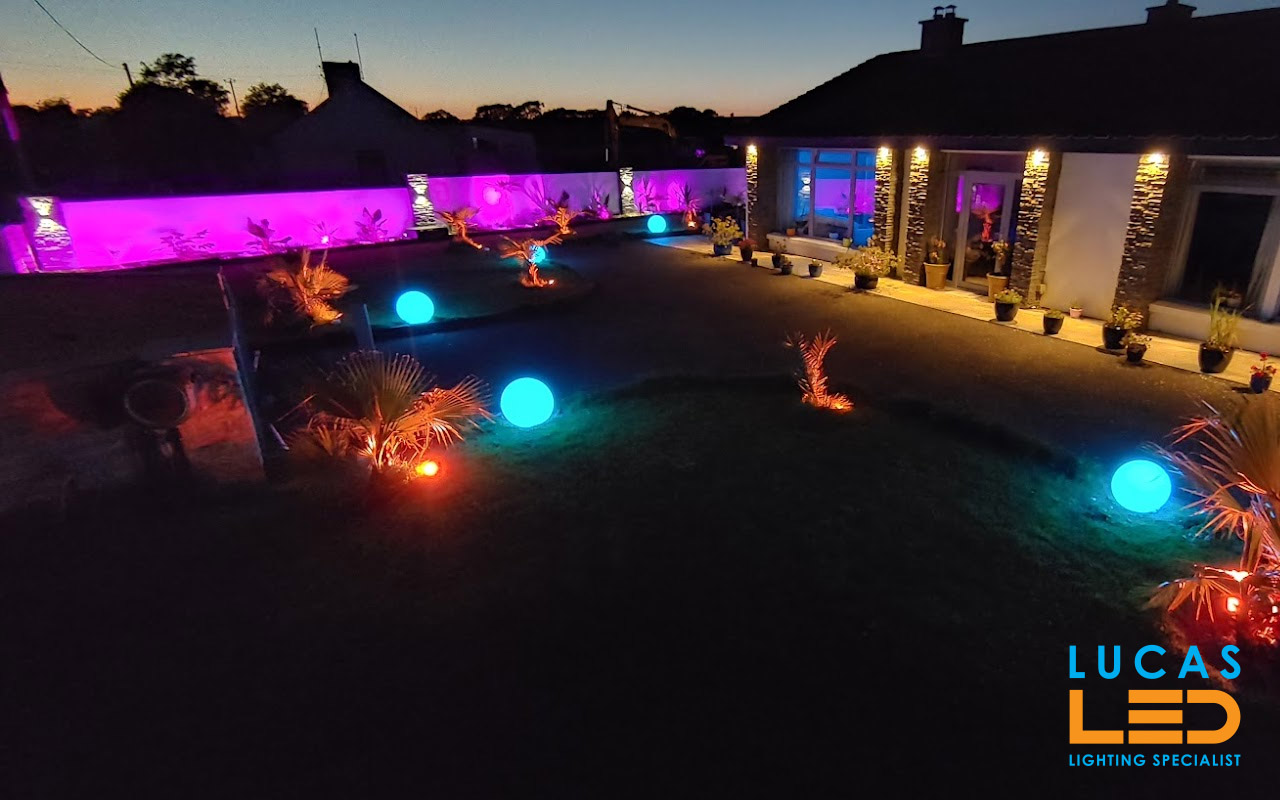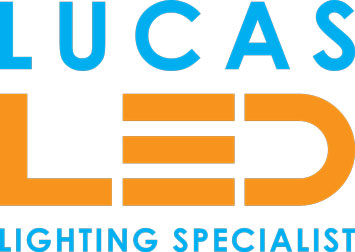How to choose outdoor lighting?

Outdoor lamps can play various roles - from simple ambience and highlighting interesting features of your garden, to keeping all the paths safe and discouraging unwanted night guests. This variety might make it difficult to choose them. With this simple guide, it won't be a problem.
Where to start?
The first step on the road to perfect outdoor lighting is determining the purpose of your light. For example, you'd need a brighter light for security purposes than for ambience by the garden bench. It's good to divide your garden/backyard into zones, as in most cases there will be one dominant lighting type in a given area. While you're doing that, check the available space - you shouldn't cram everything in one spot or place lamps in impractical spots just because there's room for them. If you decide to get stake lights, make sure the ground is soft enough for them.
Types of outdoor lights
Due to the sheer number of available options, presenting them in a short text would be impossible. So here are six of the most popular choices:
Facade/wall lights
Definitely the go-to option for people looking for stylish/decorative outdoor lamps. They can be mounted on all sorts of vertical surfaces - facade walls, fences, garden walls, gazebos, porches, and patios. Just keep in mind that most of them are mains-powered, which makes them trickier to install and limit their placement.
String/festoon lights
In other words - long cables with light bulbs along their length. The difference between these two lies in the bulb size. They work great for ambient and mood lighting, or illuminating robust objects like big trees.
Deck lights
Can be surface-mounted or recessed. They provide you with upward illumination great for patio, driveway, garden pathway, steps, and all sorts of deckings. Just remember to check their maximum permitted pressure, so they can withstand the weight applied to them.
Pathway lights
Bollards, stakes, and pillars of varied shapes and sizes. Most of them are solar lights, which makes them great for low-maintenance gardens. They're mostly used as safety lighting along paths or near obstacles/points of interest (e.g., benches, flowerbeds, and garden furniture).
Spotlights
They provide you with a narrow, focused beam that works great as a highlighter for specific features (e.g., sculptures) or illumination for a single point like entrance, patio etc.
Floodlights
Opposite to spotlights, they produce a wide beam that can illuminate large areas by washing them with light. Mainly used as security lighting or to illuminate patches of lawns, rockeries and building walls. They are sometimes used as ceiling lights in garden buildings. LED bulbs are definitely the best option for them - they need far less energy while being as bright as halogens.

Things to consider while choosing garden lights
When you know what types of fixtures you need, it's time to go into the details. Here's what you should definitely check before buying:
IP rating
imply put - it tells you how much dirt and waterproof the lamp is. The rating is shown as a two digit designation - the first one refers to resistance to solids and the second to waterproofing. For normal outdoor use you should aim for IP of 65 - a fixture with it should be able to withstand everything the weather can throw at it. A waterproofing of 5+ is only really needed when there's a lot of water involved, e.g., near or in ponds/running water.
Power source
Outside lamps can be powered in one of three ways - from the mains, disposable batteries, or solar-chargeable batteries. The mains ones are the most reliable, but can affect your electricity bills significantly and can't really be moved. Those powered by disposable batteries are highly portable, but aren't suited for continuous use. The solar-powered ones are a sort of compromise - they are quite portable while being reliable and low-maintenance. Especially if you pair them with LED lights.
Brightness and colour temperature
Brightness (measured in Lumens) determines the light's purpose (e.g., security lights should be bright, but mood and accent ones should be kept at the dimmer side), while the colour temperature (in Kelvins) affects the overall feel. The lower the temperature, the warmer and cosier the effect, so keep the cold light out of relaxation zones. The suggested range for most outdoor lighting is 2700-3000K.
LED technology - your best option for outside lighting
LED lights offer you low power consumption and allow you to add colour to your backyard. This eco-friendly option contains a large range of outdoor fixtures that can be used for practically any purpose.














